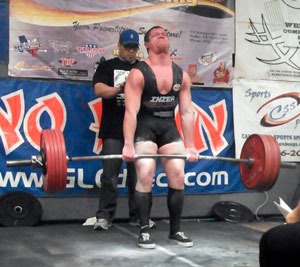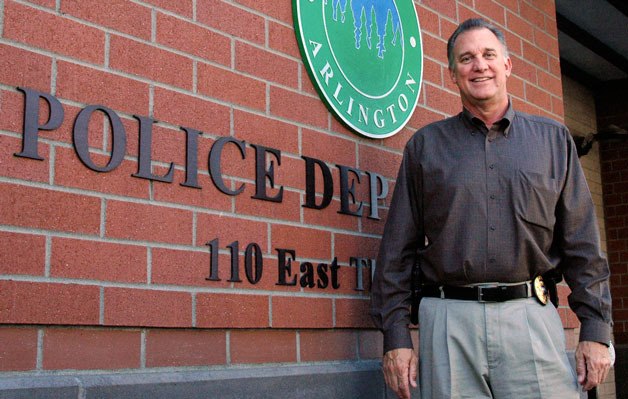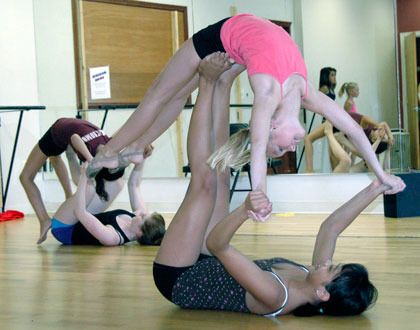ARLINGTON — The Arlington School Board had three options during its last meeting — increase taxes, lower taxes or keep them about the same.
In the end, it decided on the latter.
During its Aug. 9 meeting, the Board unanimously approved a resolution that will increase the district’s maintenance and operations levy lid by 2 percentage points in 2011.
Despite the increase, school officials estimate that taxpayers will shoulder about the same amount per $1,000 of assessed valuation in 2011 as they will in 2010.
The district currently collects $2.57 per $1,000 of assessed valuation — or about $640 per year for a $250,000 home.
District officials estimate that homeowners will pay about $2.51 per $1,000 — or about $630 per year for a $250,000 home — with the new collection percentage.
By approving a higher levy collection percentage, the Arlington School Board is taking advantage of a new state law that gives districts an opportunity to raise their levy lids by up to 4 percentage points.
Currently, up to 24 percent of the Arlington School District’s basic education allocation can come from levies, which must be approved by a 50 percent plus one vote.
In March, the state Legislature passed a measure that would allow Washington school districts to increase their levy lids up to 28 percent during the 2010-11 and 2011-12 school years.
Districts could collect those higher levy amounts through 2017.
The Arlington School Board does not need voter approval for the levy increase because the district has excess capacity in its current levy. That means that even if the Board raises its levy, the amount collected would still be less than what voters originally approved in 2008.
The School Board was presented with five options during its Aug. 9 meeting, ranging from 24 percent to 28 percent.
Had the Board decided to keep its levy lid at 24 percent, the district would actually collect fewer tax dollars due to shrinking property values.
Superintendent Kris McDuffy said that additional tax revenue collected from the levy increase will go toward the district’s fund balance, an emergency fund that can be used to pay for district payroll, among other items.
“It was intended to ride out those peaks and valleys,” McDuffy said.
Before the Board made its decision, Board President Jeff Huleatt asked Deb Borgens, executive director of financial services for the district, which of the five options would keep taxes about the same for property owners.
“It’s the tax payer that writes that check,” Huleatt said.
Borgens said that keeping the district levy at 24 percent, or increasing it to 25 percent would cause a drop in the cost per thousand to taxpayers, while a 27 percent or 28 percent levy lid would raise that cost per thousand.
Board Vice President Kay Duskin said she was comfortable with setting the levy lid at 26 percent. She said individuals that she talked with were not in favor of the 28 percent collection rate.
“They were okay — not great — with going to 26 percent,” Duskin said.
The Board voted 4-0 to approve the resolution, which included the higher levy collection percentage and the 2010-11 annual budget. Board member Ursula Ghirardo was absent from the meeting.
Budget expenditures included approximately $46 million in the district’s general fund; $5.2 million in the debt service fund; $1.22 million in the ASB fund; $573,000 in the transportation vehicle fund and $440,000 in the capital projects fund.
In the past six months, school administrators have cut more than $1.5 million from the 2010-11 budget. Most of those reductions have come from eliminating or reducing staff and closing Trafton Elementary School.
During the Aug. 9 meeting, the Board also approved eliminating 15 classified staff members and reducing the hours of 117 others classified employees.
District officials estimated that the reductions would save about $335,000 during the 2010-11 school year.






